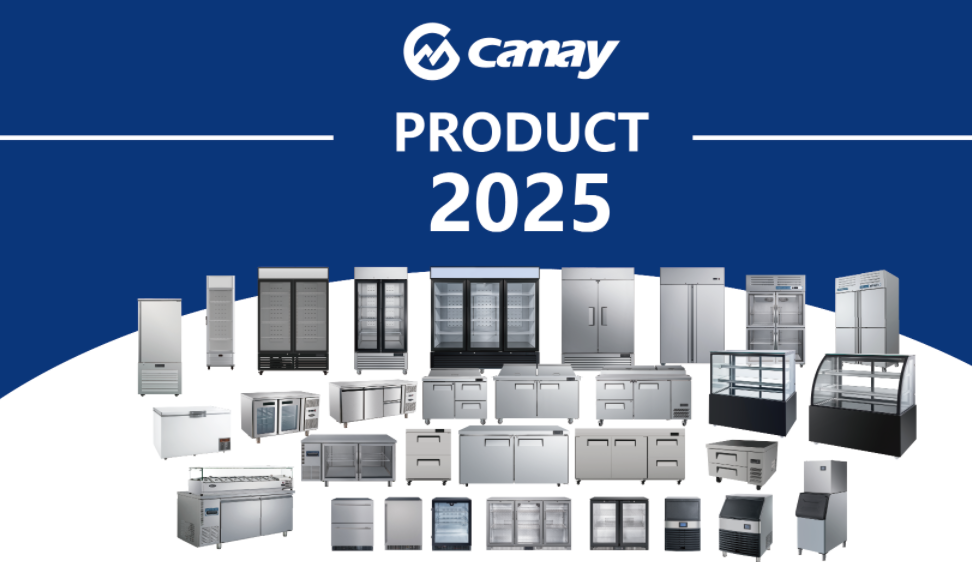
Difference between Air Cooling and Direct Cooling Refrigeration
Direct cooling and air cooling are two mainstream refrigeration methods for refrigerators. The core differences are reflected in the refrigeration principles, performance characteristics and applicable scenarios.

- Refrigeration principle
Direct cooling: The evaporator directly contacts the air in the refrigerator and cools it down by heat conduction. The air around the evaporator sinks when it gets cold, and natural convection is used to achieve cooling.
Air cooling: The evaporator is hidden in the refrigerator interlayer, and the cold air is blown into the box by a fan, forming forced air circulation refrigeration.
- Frosting problem
Direct cooling: When the evaporator surface temperature is below 0℃, the moisture in the box will directly condense into frost (especially the freezer), and manual defrosting is required regularly.
Air cooling: The fan forces the moisture to concentrate on the evaporator, and the defrost system automatically melts the frost and discharges it through the drain pipe.
- Temperature uniformity
Direct cooling: The natural convection efficiency is low, the area close to the evaporator is colder, and the temperature of the area far away is higher. The temperature difference between the upper and lower layers of the refrigerator is large, and the preservation effect is uneven; the meat in the freezer may be frozen harder, and the food on the edge is easy to dry out.
Air cooling: forced circulation by fans distributes the cold air evenly, and the temperature difference inside the box is usually less than 1°C. Fruits and vegetables in the refrigerator are kept fresher for longer, and frozen products in the freezer defrost at a consistent speed, making it suitable for storing food that requires a constant temperature.
- Food preservation performance
Direct cooling: good moisture retention, high natural convection humidity (about 80%-90%), suitable for storing leafy vegetables and fruits, not easy to dry out.
Air cooling: Quickly freeze through, reduce ice crystal formation, less juice loss after thawing, and more complete nutrition retention. Forced convection will take away moisture from the surface of food, and fruits and vegetables in the refrigerator must be sealed in fresh-keeping boxes.
However, both have their own advantages. If you have a limited budget, small capacity, and focus on moisturizing, and can accept manual defrosting, you can choose a direct cooling refrigerator. If you have a sufficient budget, large capacity, and pursue convenience, and need to freeze a large amount of food or store sensitive food, you can choose an air-cooled refrigerator.
Keyword:
